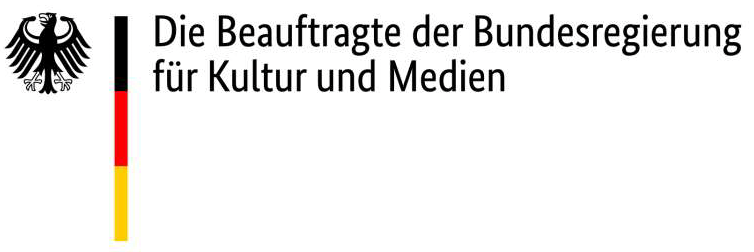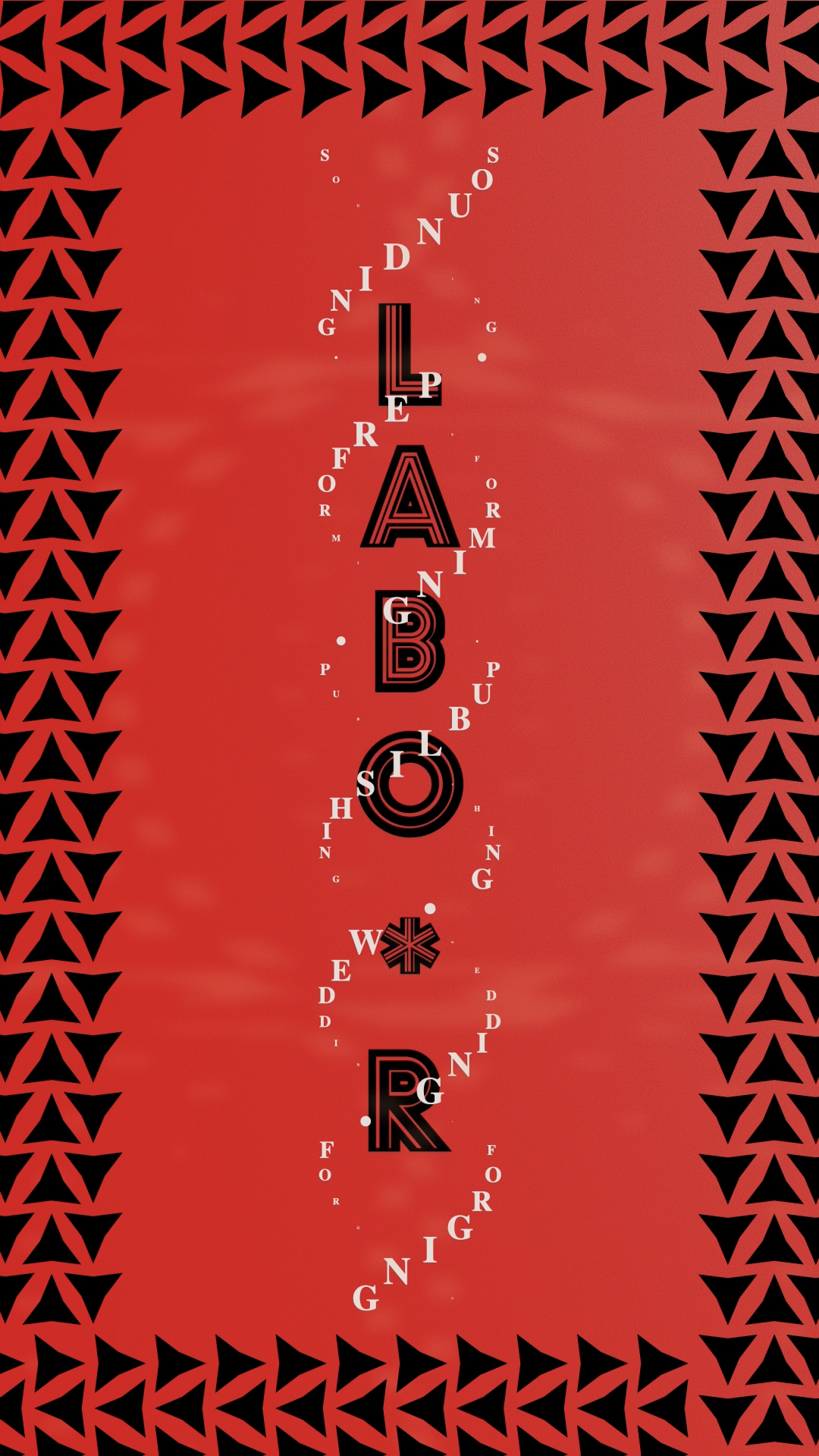Cut

SCREENING AND TALK 15.08.2024 19:00
With Diego Bruno
Language The film is in Spanish with English subtitles, the talk takes place in English
FREE ENTRY Donations welcome
ACCESS Our space is accessible by wheelchair
Departing from a people's uprising in the cities of Central-Có and Plaza Huíncul in Argentine Patagonia in 1996, CUT (2021) investigates the relevance of the moving-image to account for a popular uprising. Affirming that the formal capacity of video and image-movement makes it possible to update and relocate past and geographically distant events. This film is part of a larger research project where Diego Bruno considers that the revolts of the 1990's constitute a historical sequence, a cycle of popular and anti-neoliberal resistance, which re-locates a more challenging political practice, that state terrorism had annihilated in Latin America. The enormous potential for rupture of the social movements, militantly expresses the self-organisation features characteristic of a cycle of uprisings, which in their radicality, aim to remove the communicational, legal and police techniques of authoritarian domination through democratic channels.
As part of this ongoing investigation and practice, the film screening will be accompanied by a presentation and public talk about Movement, a new moving-image work that Diego Bruno is producing at the moment. Movement' problematizes (questions) the use-value of non-conventional and experimental artistic forms for addressing, looking at and representing the capacity for political inventions of social movements. How, and to what extent can radical forms of experimental moving-image art be pertinent for a compelling representation of radical politics? This work arises from a research process with and on the Unemployed Workers Movement in Argentina which emerged as people’s power to contest historical, cultural and social inequalities, and to change the structural exploitation in and beyond the workplace. In the face of informality, unemployment, and poverty it articulates a collective organisation to combat the precarisation of work and protection for the excluded from the labour market. It continues to grow from the experiences of the Piquetero Movement during the 1990s and with the First International Women’s Strike in 2017. Unemployed Workers – as a movement, underlines the collectivisation of caregiving to build tendencies of social valorisation, and popular organisation as a tool of struggle for the restitution of labour, social, and cultural rights.
DIEGO BRUNO was born in Argentina, now lives and works in Helsinki. His work has been shown at Wiels Center for Contemporary Art, Brussels; Museum of Latin American Art, Buenos Aires; Centre d ́Art Santa Monica, Barcelona; Manifesta 08 Murcia; Museum of Contemporary Art, Barcelona; Malmö Kunsthalle, Malmö; Biennial of Moving Image, Buenos Aires; 3rd BIENALSUR, Buenos Aires; The 39th EVA International Ireland Biennial among others.
This event is part of the exhibition project LABO*R which takes place within our 15-months-long programme TRANSITIONS, funded by Die Beauftragte der Bundesregierung für Kultur und Medien.


